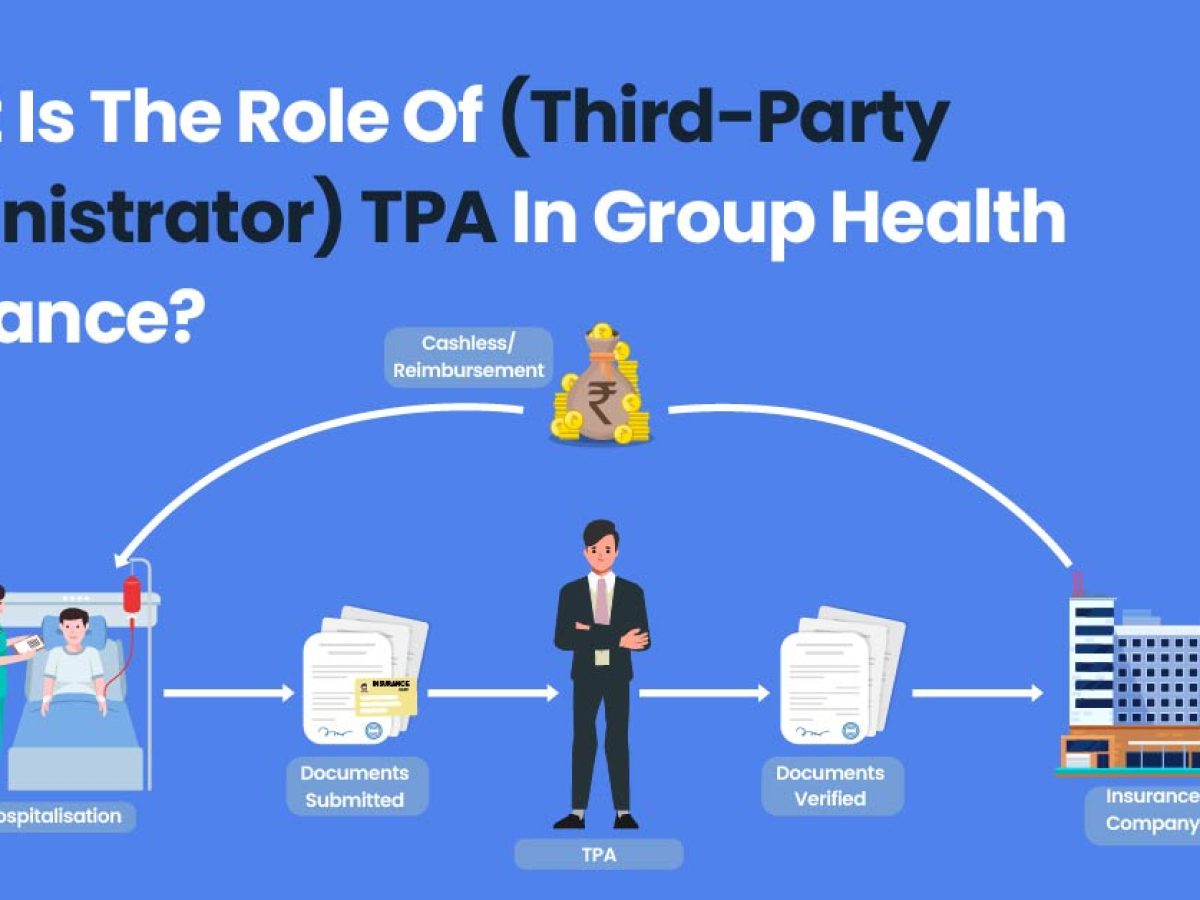An Unbiased View of Pacific Prime
An Unbiased View of Pacific Prime
Blog Article
The Best Strategy To Use For Pacific Prime
Table of Contents9 Easy Facts About Pacific Prime DescribedFascination About Pacific PrimeExamine This Report on Pacific PrimeThe Ultimate Guide To Pacific PrimeThe 10-Second Trick For Pacific Prime

This is because the information were collected for a period of solid financial efficiency. Of the estimated 42 million people who were without insurance, all however regarding 420,000 (concerning 1 percent) were under 65 years of age, the age at which most Americans come to be eligible for Medicare; 32 million were grownups in between ages 18 and 65, about 19 percent of all adults in this age team; and 10 million were youngsters under 18 years old, about 13.9 percent of all kids (Mills, 2000).
These price quotes of the variety of persons uninsured are produced from the yearly March Supplement to the Current Population Study (CPS), conducted by the Census Bureau. Unless otherwise noted, nationwide price quotes of people without health insurance policy and proportions of the population with various kinds of protection are based upon the CPS, one of the most extensively utilized resource of price quotes of insurance policy protection and uninsurance rates.
5 Simple Techniques For Pacific Prime

Still, the CPS is particularly helpful because it produces annual estimates reasonably promptly, reporting the previous year's insurance policy coverage estimates each September, and because it is the basis for a regular collection of quotes for greater than 20 years, enabling evaluation of patterns in protection in time. For these reasons, along with the considerable usage of the CPS in other studies of insurance policy coverage that exist in this report, we depend on CPS estimates, with constraints kept in mind.

The quote of the number of without insurance people increases when a populace's insurance coverage status is tracked for several years. Over a three-year duration starting early in 1993, 72 million people, 29 percent of the united state visite site populace, lacked coverage for at the very least one month. Within a solitary year (1994 ), 53 million individuals experienced at the very least a month without insurance coverage (Bennefield, 1998a)
6 out of every 10 uninsured adults are themselves employed. Although functioning does boost the probability that and one's member of the family will have insurance, it is not a warranty. Even participants of households with two full time wage earners have nearly a one-in-ten chance of being without insurance (9.1 percent uninsured rate) (Hoffman and Pohl, 2000).
The Buzz on Pacific Prime
New immigrants make up a considerable percentage of people without medical insurance. One evaluation has associated a substantial part of the recent development in the size of the U.S. uninsured populace to immigrants that arrived in the country in between 1994 and 1998 (Camarota and Edwards, 2000). Current immigrants (those that concerned the United States within the previous 4 years) do have a high price of being uninsured (46 percent), but they and their kids represent simply 6 percent of those without insurance coverage nationally (Holahan et al., 2001).
The connection in between medical insurance and accessibility to care is well established, as recorded later in this chapter. Although the partnership in between health and wellness insurance and health results is neither straight neither straightforward, a comprehensive scientific and health and wellness solutions research study literary works links health and wellness insurance policy protection to enhanced access to care, much better top quality, and improved personal and populace wellness condition.
Levels of analysis for taking a look at the effects of uninsurance. It concentrates specifically on those without any kind of wellness insurance policy for any length of time.
What Does Pacific Prime Do?
The troubles faced by the underinsured are in some respects comparable to those dealt with by the uninsured, although they are typically much less serious. Health insurance policy, nevertheless, is neither essential neither sufficient to get access to medical solutions. The independent and direct effect of health and wellness insurance coverage on accessibility to wellness services is well developed.
Others will certainly obtain the healthcare they need even without health and wellness insurance policy, by paying for it out of pocket or seeking it from providers that provide care free or at highly subsidized rates. For still others, health and wellness insurance policy alone does not make certain receipt of treatment due to various other nonfinancial barriers, such as a lack of healthcare companies in their community, restricted access to transportation, illiteracy, or etymological and cultural distinctions.
7 Easy Facts About Pacific Prime Explained
Formal research regarding uninsured populations in the USA dates to the late 1920s and very early 1930s when the Board on the Expense of Medical Care generated a collection of records regarding financing medical professional office check outs and hospitalizations. This concern came to be significant as the varieties of medically indigent climbed up throughout the Great Anxiety.
Report this page